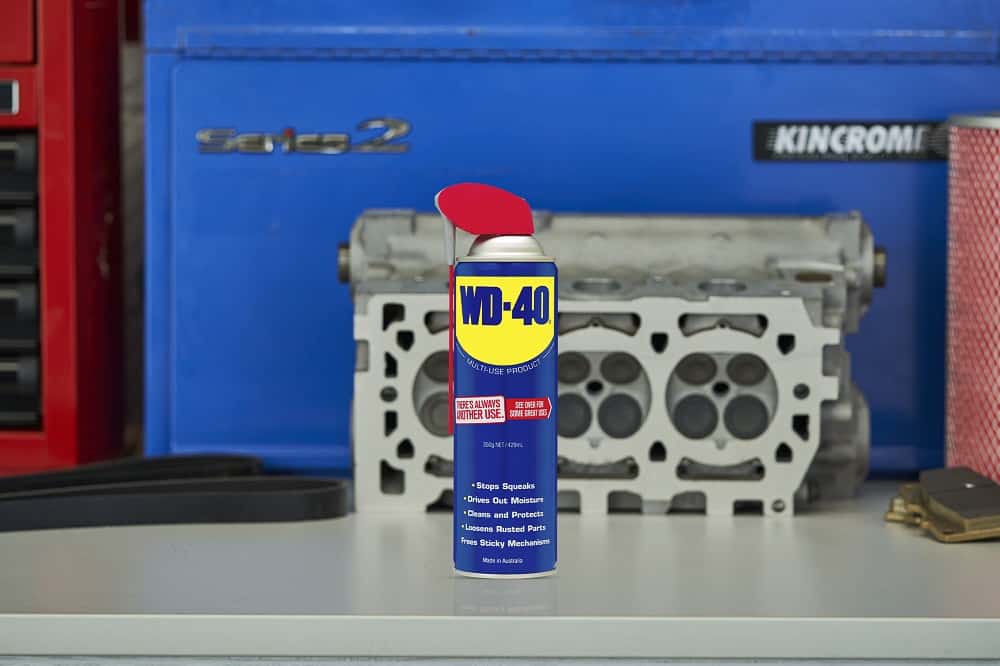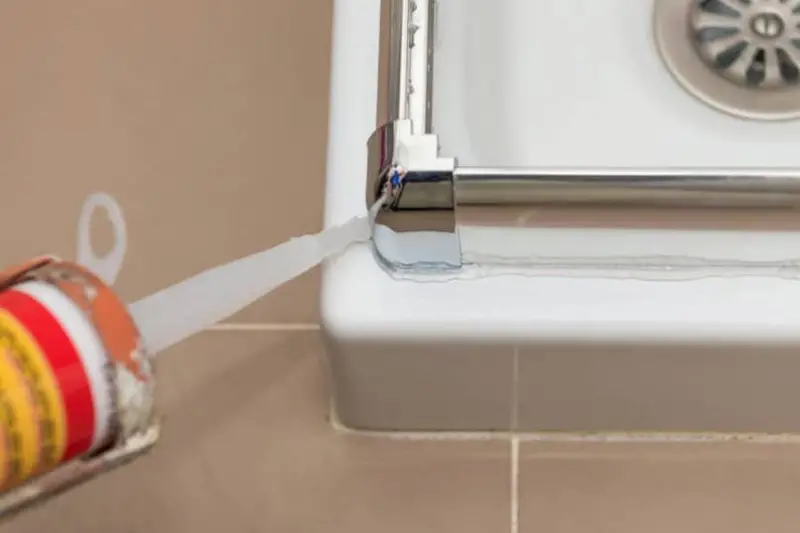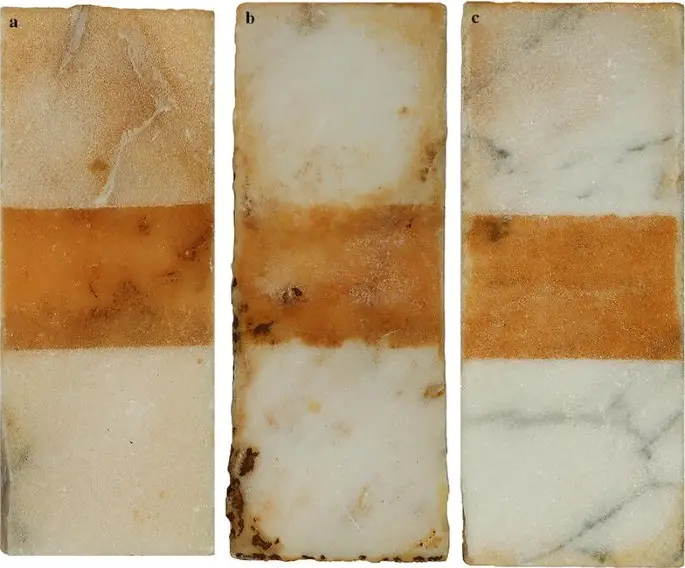Silicone is a versatile material that has a wide range of uses in many industries, including construction and engineering. However, when it comes to removing silicone from metal, the process can be challenging and time-consuming. The strong adhesion of silicone to metal surfaces can make it difficult to remove without damaging the metal underneath. In this blog post, we will explore different methods and techniques for removing silicone from metal, including the use of solvents, abrasives, and heat. We will also discuss the pros and cons of each method and provide tips and recommendations for achieving the best results.
Removing silicone from metal is an important task for many professionals and DIY enthusiasts. Whether you need to repair a damaged surface, prepare a surface for painting, or simply clean up after a project, it is important to have the right tools and techniques for removing silicone effectively and efficiently. This post will provide valuable information and insights for anyone looking to remove silicone from metal and achieve a clean, smooth surface. So, if you want to learn how to effectively remove silicone from metal and avoid common pitfalls, keep reading!
How to Remove Silicone From Metal In Brief
Removing silicone from metal can be done and it’s a great feeling when you finally get that smooth, clean surface. There are so many products and methods out there that can make the job a lot easier and more effective.
First off, solvents are a popular choice for removing silicone from metal. They work by dissolving the silicone, making it easier to wipe or scrape away. Some of my favorite solvents for this job include acetone, mineral spirits, and isopropyl alcohol. They’re all great options, but it’s important to make sure you use the right one for the job and follow the manufacturer’s instructions to ensure the best results.
Another option is using abrasives. Abrasives can be sandpaper, steel wool, or even a scouring pad. They work by physically removing the silicone from the metal surface. Abrasives can be great for removing silicone from metal, but it’s important to use caution and work slowly to avoid damaging the metal.
Finally, heat can also be used to remove silicone from metal. This method works by melting the silicone, making it easier to wipe or scrape away. A heat gun or a propane torch can be used to apply heat to the silicone. This method can be very effective, but it’s also important to use caution and follow safety precautions to avoid damaging the metal or starting a fire.
All in all, there are several great options for removing silicone from metal and the right one for you will depend on your specific needs and the surface you’re working on. I’m super excited to share my experiences with these methods and help you find the best solution for removing silicone from metal!
Remove Silicone From Metal – Methods in Comparison
Removing silicone from metal can be a challenging task, especially when the silicone has been on the metal surface for an extended period of time. However, there are several methods that can effectively remove silicone from metal, including the use of solvents, abrasives, and heat. In this guide, we will provide a thorough analysis of the problem of removing silicone from metal, describe different methods for solving it, and compare the pros and cons of each method.
Silicone is a strong adhesive that can bond strongly to metal surfaces, making it difficult to remove. If the silicone has been on the metal surface for an extended period of time, it can be even more challenging to remove. In addition, some metal surfaces may be delicate or sensitive to certain methods, making it important to choose the right method for the job.
Methods for Removing Silicone from Metal
- Solvents: Solvents are a popular choice for removing silicone from metal. They work by dissolving the silicone, making it easier to wipe or scrape away. Some commonly used solvents include acetone, mineral spirits, and isopropyl alcohol.
- Abrasives: Abrasives such as sandpaper, steel wool, or scouring pads can be used to physically remove the silicone from the metal surface. This method can be effective, but it is important to work slowly and use caution to avoid damaging the metal.
- Heat: Heat can also be used to remove silicone from metal. This method works by melting the silicone, making it easier to wipe or scrape away. A heat gun or a propane torch can be used to apply heat to the silicone. This method can be effective, but it is important to follow safety precautions and avoid damaging the metal or starting a fire.
| Method | Pros | Cons |
|---|---|---|
| Solvents | Fast and easy to use | May be flammable and have strong fumes |
| Abrasives | Physical removal of silicone | Can damage delicate metal surfaces if used too aggressively |
| Heat | Effective and fast | Can cause damage to metal if not used carefully, may start a fire |
There are several methods for removing silicone from metal, including the use of solvents, abrasives, and heat. Each method has its pros and cons, and the best method for you will depend on your specific needs and the metal surface you are working on. When choosing a method, it is important to consider factors such as the type of metal surface, the age of the silicone, and the tools and materials you have available. By following this guide, you can make an informed decision about the best method for removing silicone from metal and achieve the best possible results.

Equipment To Work With Remove SiliconeFrom Mmetal
| Equipment | Description | Purpose |
|---|---|---|
| Solvents | Acetone, mineral spirits, isopropyl alcohol | Dissolve silicone for easy removal |
| Abrasives | Sandpaper, steel wool, scouring pads | Physically remove silicone |
| Heat gun or propane torch | Portable heat source | Melt silicone for easy removal |
| Protective gloves | Heat-resistant gloves | Protect hands from heat and solvents |
| Safety goggles | Eye protection | Protect eyes from fumes and splashes |
| Scraper or putty knife | Sharp tool for scraping | Remove melted or dissolved silicone |
| Rag or paper towels | Soft cloth or paper | Wipe away dissolved silicone or debris |
| Bucket or container | Large container | Store solvents and debris |
Note: It is important to follow safety precautions when using solvents, heat, and abrasives, and to make sure you have the proper personal protective equipment and tools for the job. Make sure to always follow the manufacturer’s instructions for the equipment and materials you are using.
Step-by-Step Instructions On Removing Silicone From Metal
Removing silicone from metal can be a challenging task, but with the right tools and techniques, you can get the job done effectively and efficiently. Follow these step-by-step instructions to remove silicone from metal.
Materials needed:
- Solvents (acetone, mineral spirits, isopropyl alcohol)
- Abrasives (sandpaper, steel wool, scouring pads)
- Heat gun or propane torch
- Protective gloves
- Safety goggles
- Scraper or putty knife
- Rag or paper towels
- Bucket or container
Step 1: Gather materials Before you start, make sure you have all the materials you need. If you are using solvents, make sure to work in a well-ventilated area and wear protective gloves and safety goggles. If you are using heat, make sure to have fire-extinguishing equipment nearby.
Step 2: Choose the right method Determine the best method for removing the silicone based on the type of metal surface and the age of the silicone. If the silicone is relatively new, solvents or heat may be the most effective. If the silicone has been on the metal surface for an extended period of time, abrasives may be necessary.
Step 3: Apply the method
- If using solvents, apply a generous amount of solvent to a rag or paper towel and wipe it onto the silicone. Let it sit for a few minutes to dissolve the silicone, then use a scraper or putty knife to remove the silicone.
- If using abrasives, lightly sand the silicone with sandpaper, steel wool, or a scouring pad until it is removed. Work slowly and be careful not to damage the metal surface.
- If using heat, use a heat gun or propane torch to apply heat to the silicone. Be careful not to overheat the metal and make sure to wear protective gloves and safety goggles. Once the silicone is melted, use a scraper or putty knife to remove it.
Step 4: Clean up Once the silicone is removed, clean the metal surface with a rag or paper towel to remove any residual solvents, abrasives, or debris. Dispose of the used materials in a safe manner, according to local regulations.
Note: Some metal surfaces may be more delicate or sensitive to certain methods. It is important to test a small, inconspicuous area first to make sure that the method you have chosen is safe for the metal surface.
With these step-by-step instructions, you can remove silicone from metal effectively and efficiently. Whether you choose solvents, abrasives, or heat, the key is to work carefully and follow safety precautions to ensure the best possible results.

F.A.Q.
What are the best solvents for removing silicone from metal?
Acetone, mineral spirits, and isopropyl alcohol are common solvents used for removing silicone from metal. Acetone is a strong solvent that works quickly but can be harsh on some metal surfaces. Mineral spirits are a gentler option and are often used for cleaning metal surfaces. Isopropyl alcohol is a mild solvent that is less harsh than acetone, making it a good option for delicate metal surfaces.
Can abrasives damage metal surfaces?
Yes, abrasives can damage metal surfaces if used improperly or too aggressively. Sandpaper, steel wool, and scouring pads should be used with caution, especially on delicate metal surfaces. It’s important to work slowly and carefully to avoid damaging the metal surface.
Is it safe to use heat to remove silicone from metal?
Yes, heat can be an effective method for removing silicone from metal, but it is important to use caution. Overheating the metal can cause damage, so it’s important to use a heat gun or propane torch on a low heat setting. Make sure to wear protective gloves and safety goggles, and have fire-extinguishing equipment nearby.
How do I remove residual silicone from metal after using solvents or heat?
Residual silicone can be removed from metal by wiping the surface with a rag or paper towel to remove any solvents, abrasives, or debris. If necessary, you can use a solvent or abrasive to clean the surface further, being careful not to damage the metal.
What should I do if I’m not sure which method is best for my metal surface?
If you’re not sure which method is best for your metal surface, it’s always a good idea to test a small, inconspicuous area first. This will help you determine if the method you have chosen is safe for the metal surface, and you can adjust accordingly. It’s also a good idea to consult the manufacturer’s instructions for the metal surface and the silicone you are trying to remove.



Leave a Reply